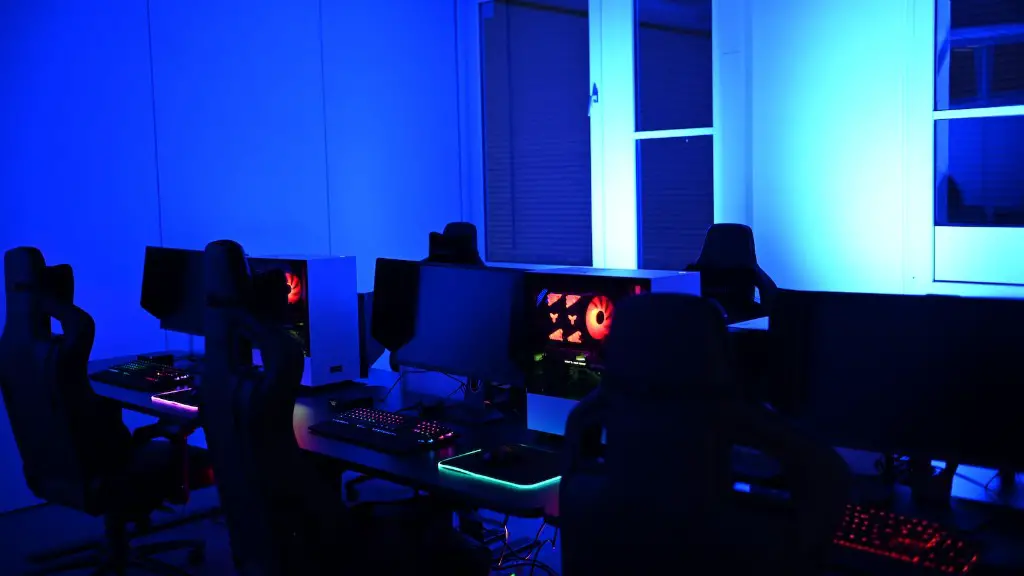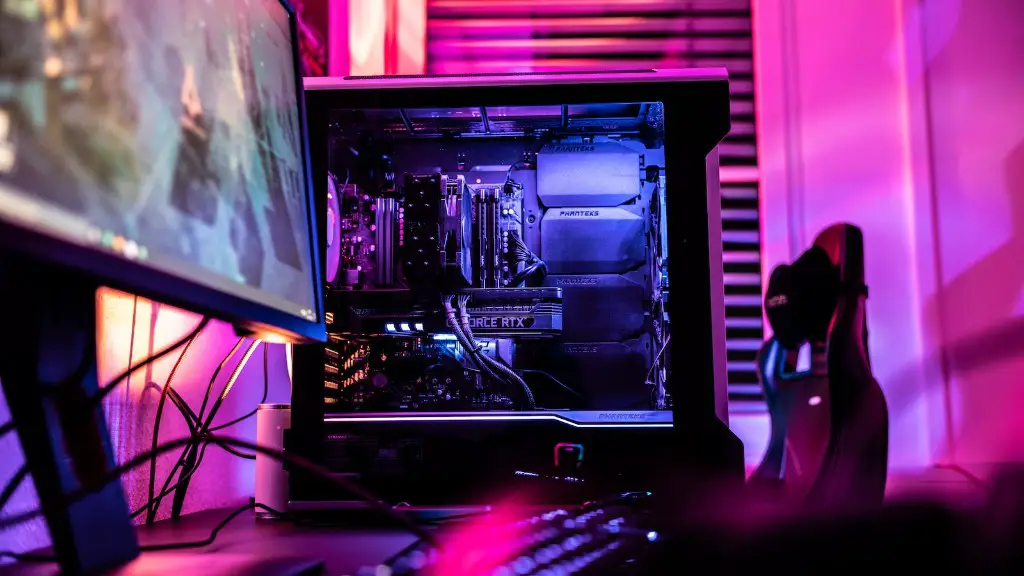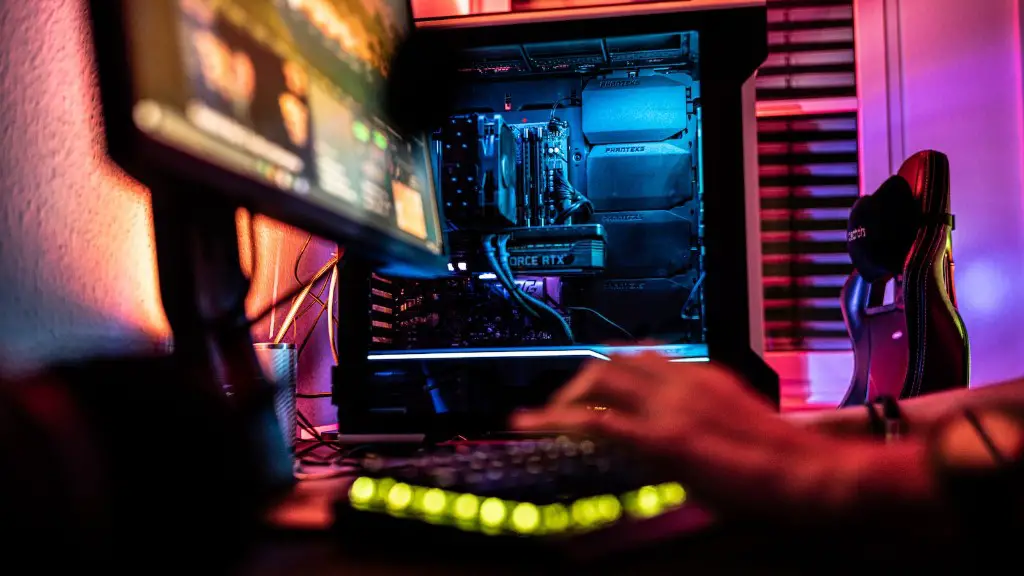The quality of your gaming experience largely depends on the internal temperature of your gaming PC. So, what temperature should your gaming PC be to maximise performance? Understanding the temperature levels of your gaming PC is essential for any serious gamer. It’s important to manage your gaming PC’s temperature to maintain the highest possible performance. Here we’ll discuss the ideal temperature settings that should be used to get the best possible gaming experience.
The internal temperature of your gaming PC should remain between 35°C and 45°C (95°F – 113°F). Generally, a temperature range of 38°C to 42°C (100.4°F – 107.6°F) is considered ideal. Temperatures above or below this range can have an adverse effect on the performance of your gaming PC.
To maintain the ideal temperature for your gaming PC you can use case fans. Good airflow within the case is essential for controlling the internal temperature of your gaming PC. The amount of case fans and their positioning depend on the form-factor of your gaming PC and the components you use. A larger case usually has more fan ports and is better suited for gaming.
You can use a fan controller to set the speed of your fans. If the temperature of your gaming PC gets too high, you can increase the fan speed to get better cooling. As well as case fans, you can also use a liquid cooling system to keep your gaming PC’s temperature within an optimum range. It is a good idea to monitor the internal temperature of your gaming PC regularly.
Using gaming PCs in hot environments can cause the temperature of your gaming PC rise quickly. A good way to reduce the internal temperature of your gaming PC is to use a cool air vent or a room air conditioner. A simple solution is to keep your gaming PC away from sources of heat such as windows or heating vents. It’s important to keep your gaming PC in a cool dry place.
Dust accumulation can reduce airflow within your gaming PC and increase the internal temperature of your gaming PC. Dust can also block fan blades which can make the cooling system inefficient. Regular cleaning of the components, fans and vents helps with the cooling system and reduces the temperature of your gaming PC.
The temperature of your GPU and CPU are the most important factors when it comes to a gaming PC. Generally, the temperature of your CPU should remain below 80°C (176°F) and the temperature of your GPU should remain below 90°C (194°F). You can use software such as SpeedFan to monitor the GPU and CPU temperature and set fan speed to keep the temperature within the ideal range.
Optimizing Temperatures
Another way to manage the internal temperature of your gaming PC is by optimizing the temperature of your gaming PC. This can involve tweaking the fan settings, using better power supplies and using better cooling systems for your components. Overclocking your CPU and GPU can increase the temperatures and should only be done when the internal temperature of your gaming PC is in an optimum range.
Power Supply
The power supply of your gaming PC plays a vital role in maintaining the temperature of your gaming PC. The power supply should match the gaming PC’s components and provide enough power for the hardware to run at its optimal levels. A good power supply can help to reduce the internal temperature of your gaming PC and prevent thermal throttling.
Case Design
A good case design is important for managing the temperature of your gaming PC. Some cases are better suited for gaming than others. For example, a case with better air flow will keep the heat away from the components and keep the internal temperature of your gaming PC in an optimum range. Cases with good ventilation and large air vents are good choices for gaming PCs.
Hardware Selection
The selection of components can also have a significant effect on the temperature of your gaming PC. For example, using high-performance components such as a high-end CPU or GPU can produce more heat and increase the temperature of your gaming PC. It is possible to reduce the temperature of your gaming PC by using lower performance components. This can also reduce the power consumption and the noise produced by your gaming PC.
Thermal Paste
Using a high-quality thermal paste can help to reduce the temperature of your gaming PC. Using a good thermal paste improves the heat transfer from the heatsink to the component, which can help to reduce the machine’s internal temperature. It is advisable to check the condition of the thermal paste every few months to ensure optimal heat transfer.
Room Temperature
Finally, the ambient temperature of the room will also have an effect on the internal temperature of your gaming PC. If the room temperature is too high then the temperature of your gaming PC will also increase. It is important to keep the room well ventilated and cool to maintain a comfortable environment for your gaming PC.


